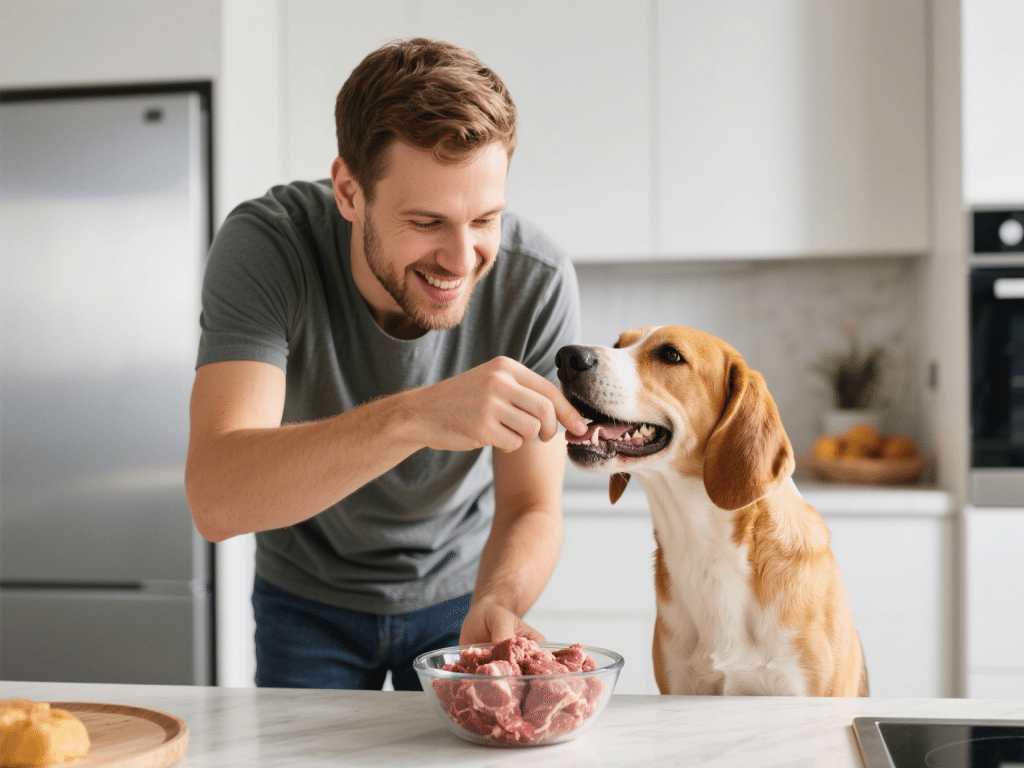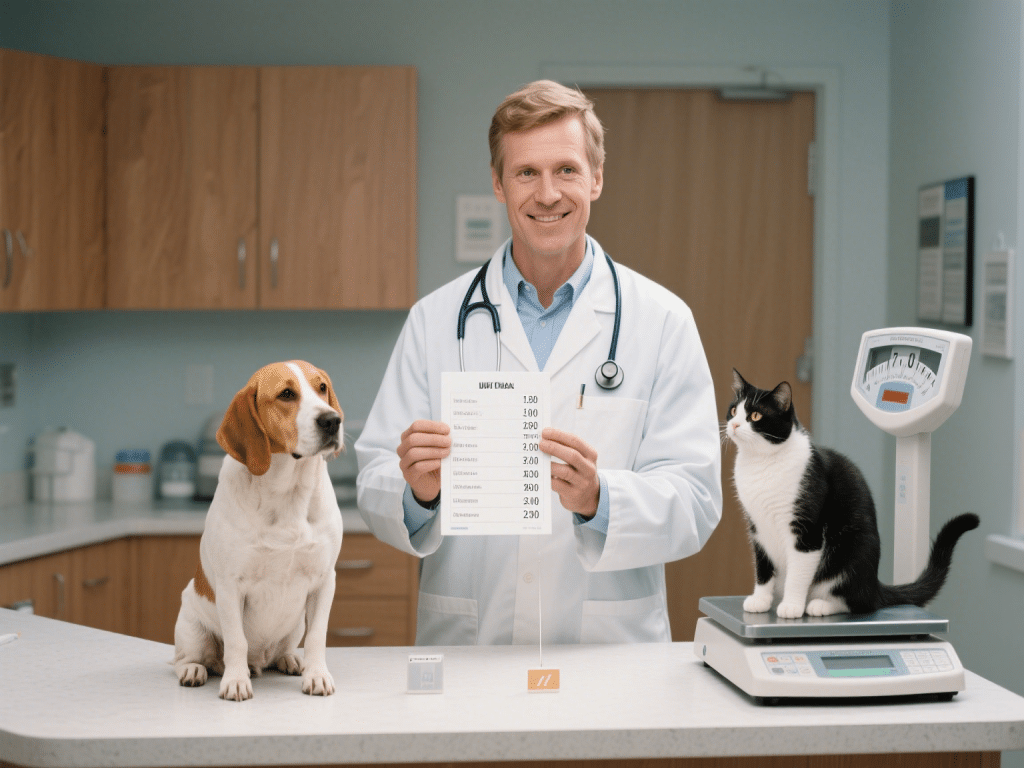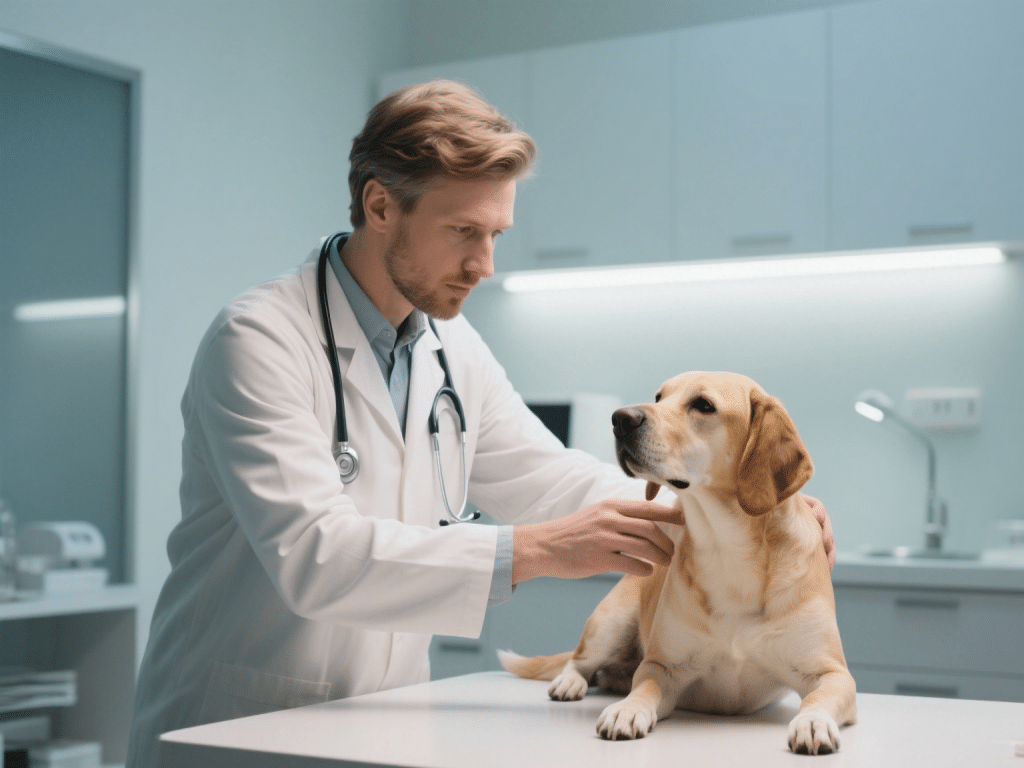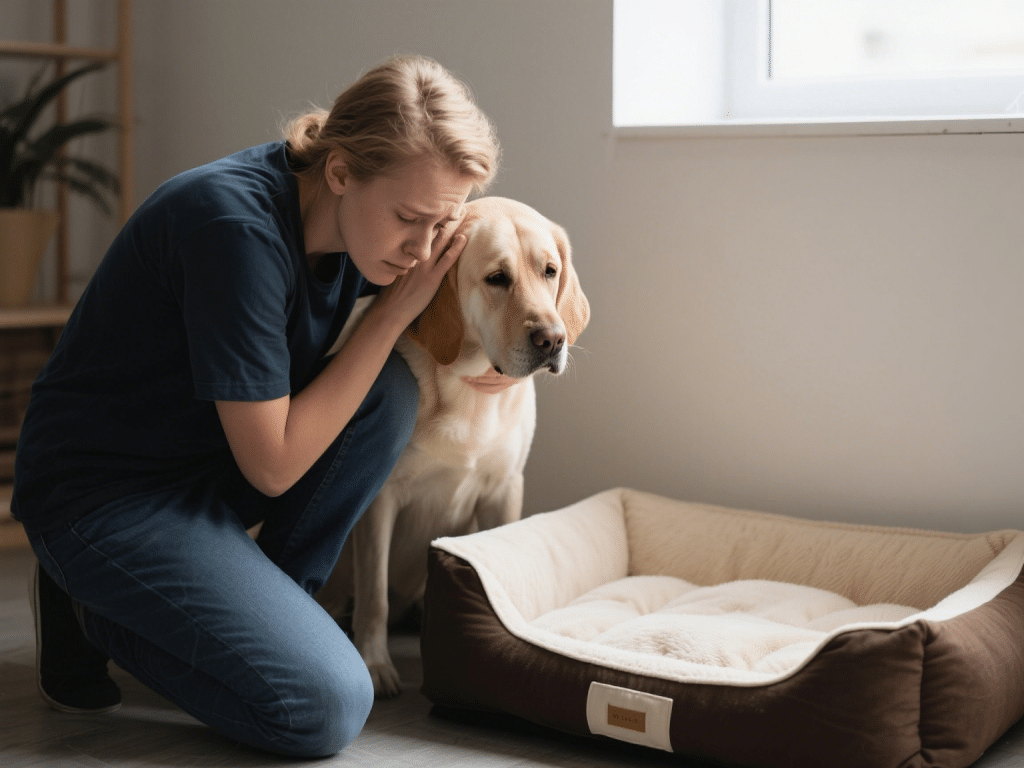
Introduction
Switching your dog to a raw food diet can offer health benefits such as shinier coat, improved digestion, and healthier weight. However, an abrupt change can lead to gastrointestinal upset or nutrient imbalances. This guide provides a safe, gradual approach to transitioning your dog while ensuring balanced nutrition.
1. Understanding Raw Diet Basics
Components of a Raw Diet: A balanced raw diet typically includes muscle meat, raw meaty bones, organ meats (e.g., liver, kidneys), and a variety of vegetables or supplements for essential vitamins and minerals.
Consulting a Veterinarian: Before starting, schedule a visit to discuss your dog’s health status, age, and specific nutritional requirements. A professional can recommend supplementation or lab tests if necessary.
2. Gradual Transition Plan
Week 1–2: Introduce Raw Proteins
Mix 75% current kibble with 25% ground raw meat.
Observe for loose stools or vomiting. If symptoms arise, slow the ratio change.
Maintain veterinary supplements if previously prescribed.
Week 3–4: Increase Raw Proportion
Move to a 50:50 ratio of kibble to raw.
Introduce raw bone content (e.g., ground chicken bones) once weekly to monitor tolerance.
Add small amounts of organ meats (5–10% of the diet).
Week 5–6: Full Raw Conversion
Transition to 100% raw meat, bones, and organ mix.
Rotate protein sources (chicken, turkey, beef, lamb) to prevent allergies and ensure diverse nutrient intake.
Incorporate a raw vegetable blend or CNC raw diet mix for fiber.
3. Monitoring Health and Digestive Response
Stool Consistency: Healthy stools should be firm but not hard. Soft stools may indicate too much fat or unfamiliar protein—adjust accordingly.
Energy Levels and Coat Quality: Look for a glossy coat, consistent energy, and healthy weight as positive signs.
Laboratory Checks: Periodic bloodwork can confirm nutrient balance, especially for calcium and phosphorus ratios.
4. Preventing Common Pitfalls
Bone Safety: Never feed cooked bones as they splinter. Supervise consumption of raw bones to ensure they are appropriately sized and never too hard (avoid weight-bearing bones).
Hygiene and Handling: Practice strict sanitation—wash surfaces and bowls thoroughly to prevent bacterial contamination. Freeze raw ingredients before use to kill parasites, and defrost in the refrigerator.
Conclusion
A safe transition to a raw food diet requires patience, diligence, and close attention to your dog’s response. By following this gradual plan, you can minimize digestive upset and provide a balanced, nutrient-rich diet that supports your dog’s overall health.









Comments on " How to Transition Your Dog to a Raw Food Diet Safely" :